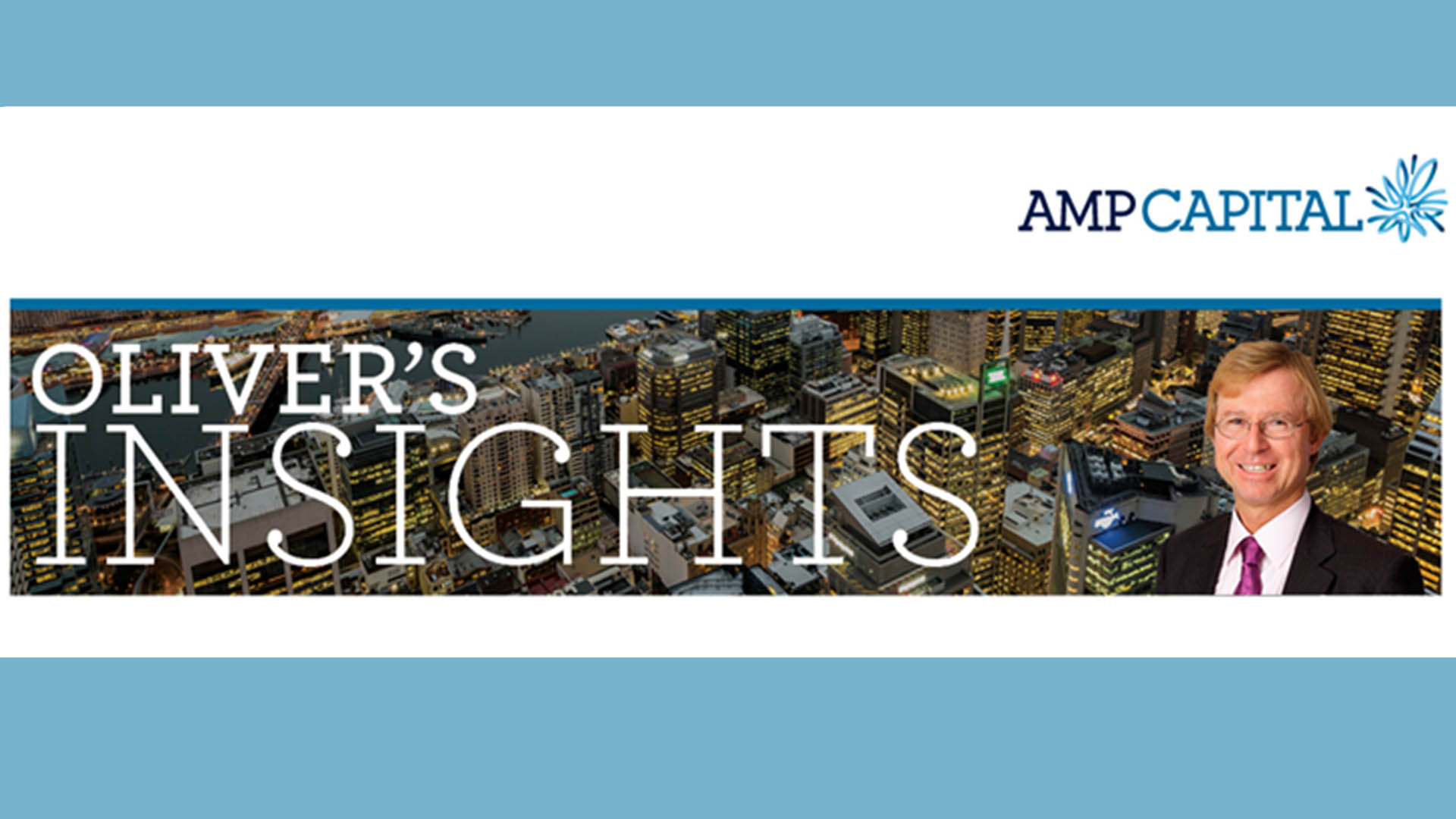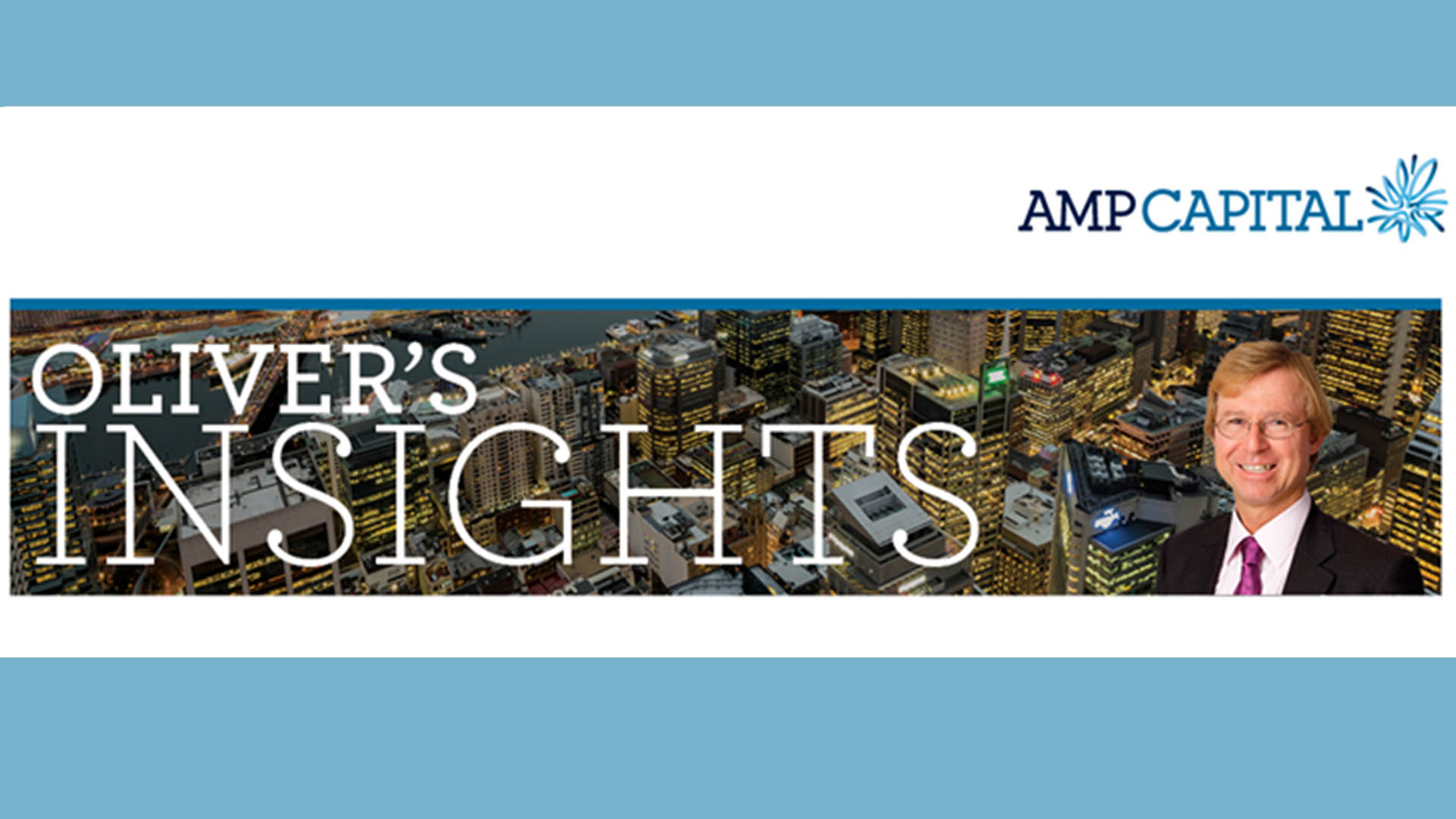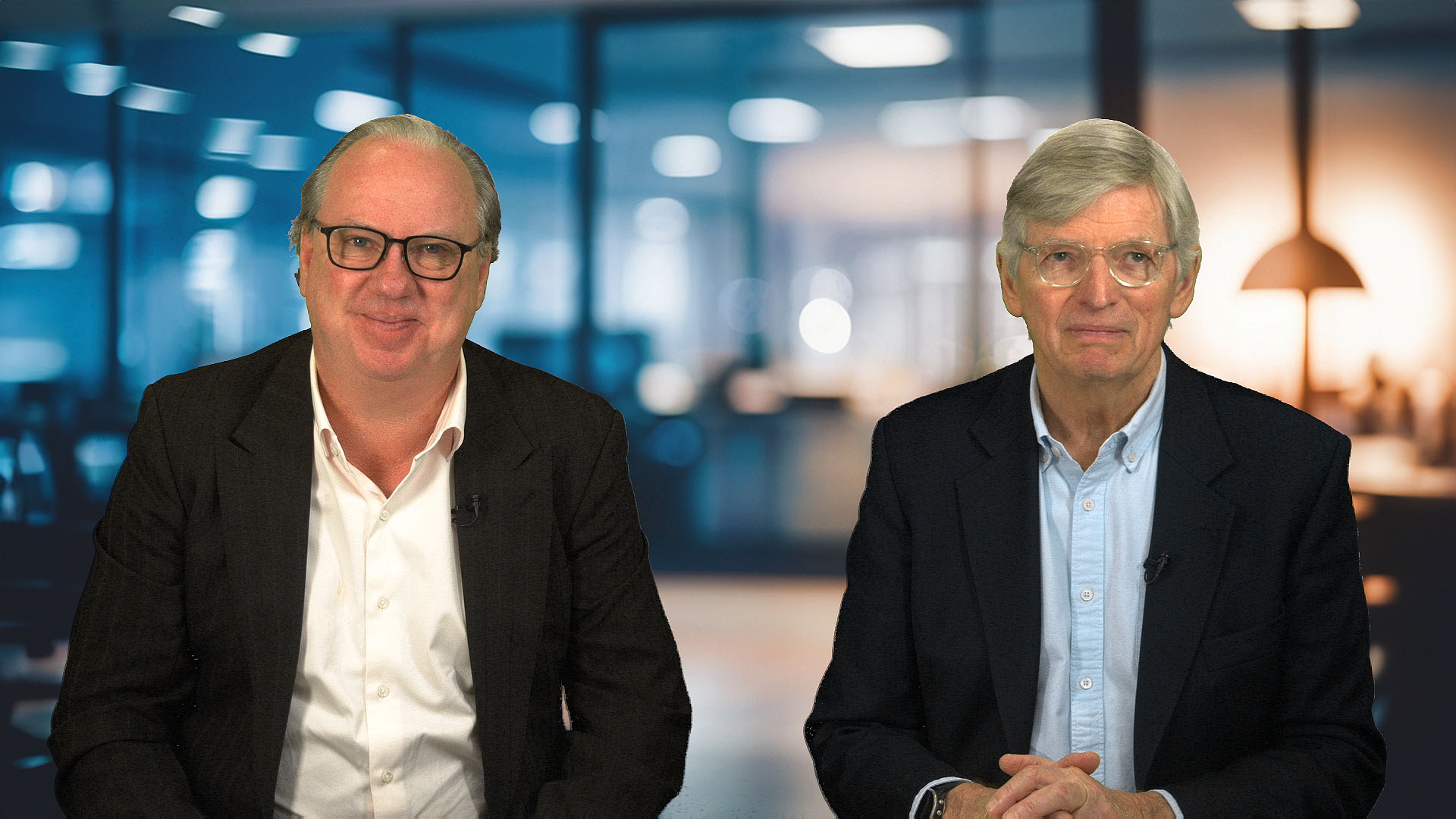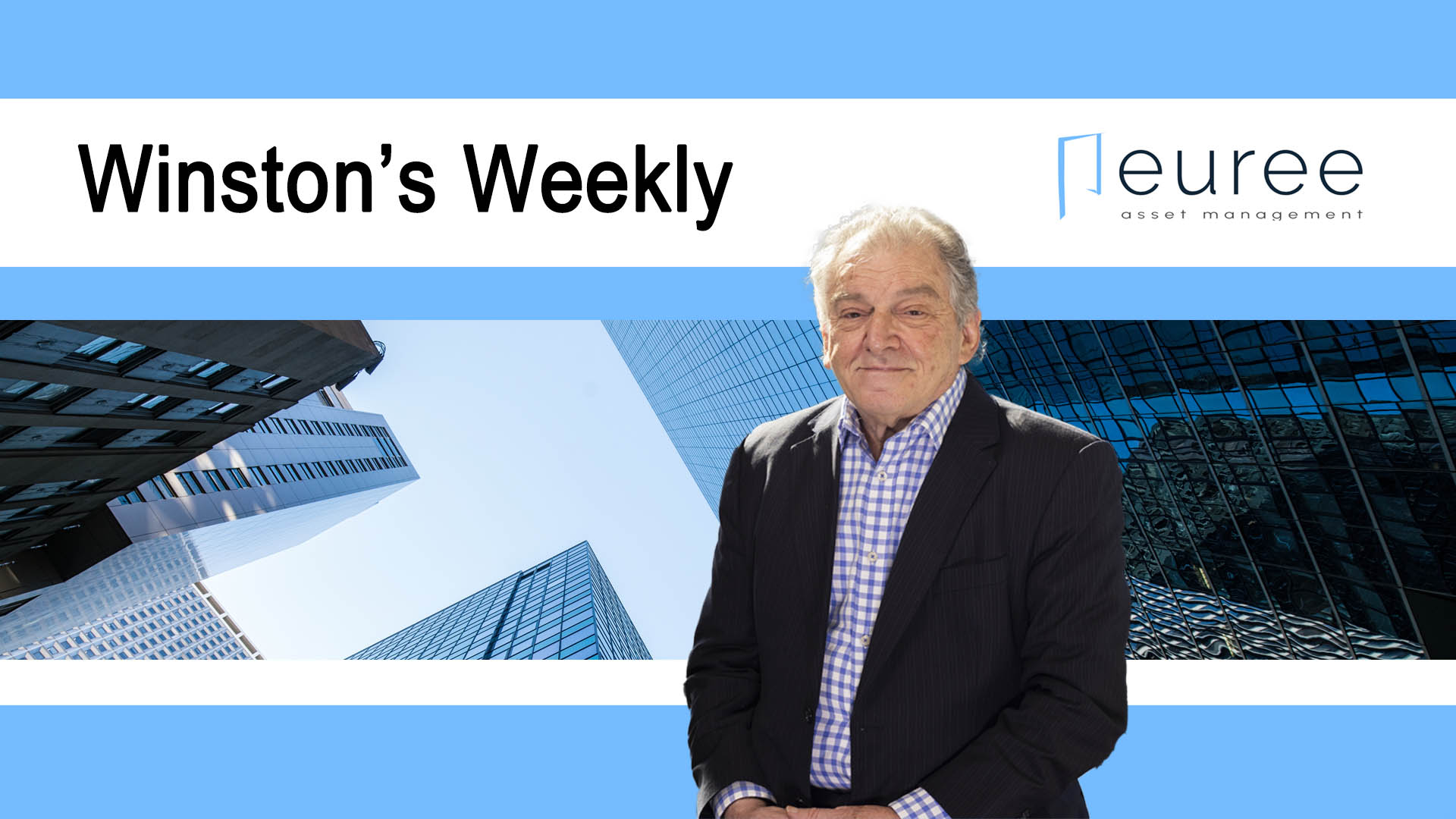Dr Shane Oliver, Head of Investment Strategy & Chief Economist at AMP, discusses the cash rate.
Key points:
- At its May meeting the RBA left the cash rate on hold at 4.35% as widely expected.
- But following the higher-than-expected inflation in the March quarter it revised up its inflation forecasts for this year.
- While it surprisingly retained a neutral bias on interest rates reiterating that it is “not ruling anything in or out”, its language was more hawkish, including Governor Bullock’s press conference comments.
- As the RBA was less hawkish than feared shares rallied, bond yields fell and the $A fell.
- We continue to see rates as having peaked, with rate cuts now starting late this year. However, the risk of another hike is high if inflation surprises on the upside again this quarter.
The RBA holds rates at 4.35%, but revises up this year’s inflation forecasts
In leaving rates on hold the RBA noted that high rates are continuing to work to rebalance demand and supply and inflation is continuing to moderate. But it also noted that the labour market still remains tight and recent data shows inflation moderating more gradually than expected with sticky services inflation being a key uncertainty.
Consistent with this, while the RBA only made minor changes to its growth forecasts (down slightly for this year) and unemployment forecasts (down just 0.1% over the forecasting period), it revised up its inflation forecasts for this year. However, it left its inflation forecasts unchanged for end 2025 and mid 2026 suggesting it sees the March quarter setback in inflation as temporary.

The next chart compares the RBA’s forecasts across the last three SOMP’s, with the profile now back to around where it was in November, albeit a bit lower by late next year.

Source: RBA, AMP
The RBA’s retention of its comments that its “not ruling anything in or out” implying a neutral bias on rates likely reflects its forecasts still showing inflation in the target range next year and at the mid point by mid 2026.
However, consistent with its upwards revisions to its near term inflation forecasts its language was more hawkish – particularly around inflation declining less slowly, continuing excess demand and a bit more uncertainty as to whether wages growth has peaked – with Governor Bullock confirming that the option of another hike and holding were discussed at this week’s meeting but presumably not a cut and noting that “we might have to raise, we might not” all suggest that the RBA still retains some form mild tightening bias in the near term and has little tolerance for another upside surprise on inflation.
The RBA continues to note that it “needs to be confident that inflation is moving sustainably towards the target range” and that it will be watching global developments, domestic demand, the labour market and the outlook for inflation.
Our view remains that the next move in rates will be down with the first cut coming late this year
While the risk of another near-term rate hike is significant (the money market now puts the probability at 9% but it’s been bouncing around like a yo-yo), inflation will be key and its worth nothing that our Pipeline Inflation Indicator continues to point down for Australian inflation and the Melbourne Institute’s April Inflation Gauge points to a resumption of the falling trend in quarterly CPI inflation. We have also been seeing a quarterly pattern of higher than expected then lower than expected inflation lately which suggests the June quarter could see lower than expected inflation.
So all up we continue to see the trend in inflation remaining down ultimately helping to avert another rate hike and allowing the RBA to start cutting rates in November or December (with a 0.25% cut to 4.1%).

Source: Bloomberg, AMP
Similarly, there is not much evidence of an upswing in the Australian economy justifying further rate hikes. Retail sales and household spending data indicate that consumer spending remains very weak under the impact of high rates and cost of living pressures. More broadly the next chart shows a composite mix of economic indicators that lead (like building approvals, consumer and business confidence and the yield curve), are coincident with (like employment and retail sales) or lag (like unemployment and delinquency rates) the economy. While none are at recessionary levels and leading indicators have become a bit less negative there is no sign of any significant upswing in the economy let alone overheating that may require further rate hikes.

Source: Bloomberg, AMP
However, the road to rate cuts will likely remain bumpy and while our base case is now for the first cut to come at year end, the risk of another rate hike in the near term is significant as is the risk of a further delay in rate cuts into next year. Apart from inflation the RBA will be looking closely at: whether next week’s Budget adds extra stimulus into the economy for the next year or so; the impact of the 1 July tax cuts on consumer spending; and the size of the rise in minimum and award wages granted by the Fair Work Commission in its upcoming decision.
Ends
Important note: While every care has been taken in the preparation of this document, neither National Mutual Funds Management Ltd (ABN 32 006 787 720, AFSL 234652) (NMFM), AMP Limited ABN 49 079 354 519 nor any other member of the AMP Group (AMP) makes any representations or warranties as to the accuracy or completeness of any statement in it including, without limitation, any forecasts. Past performance is not a reliable indicator of future performance. This document has been prepared for the purpose of providing general information, without taking account of any particular investor’s objectives, financial situation or needs. An investor should, before making any investment decisions, consider the appropriateness of the information in this document, and seek professional advice, having regard to the investor’s objectives, financial situation and needs. This document is solely for the use of the party to whom it is provided. This document is not intended for distribution or use in any jurisdiction where it would be contrary to applicable laws, regulations or directives and does not constitute a recommendation, offer, solicitation or invitation to invest.














